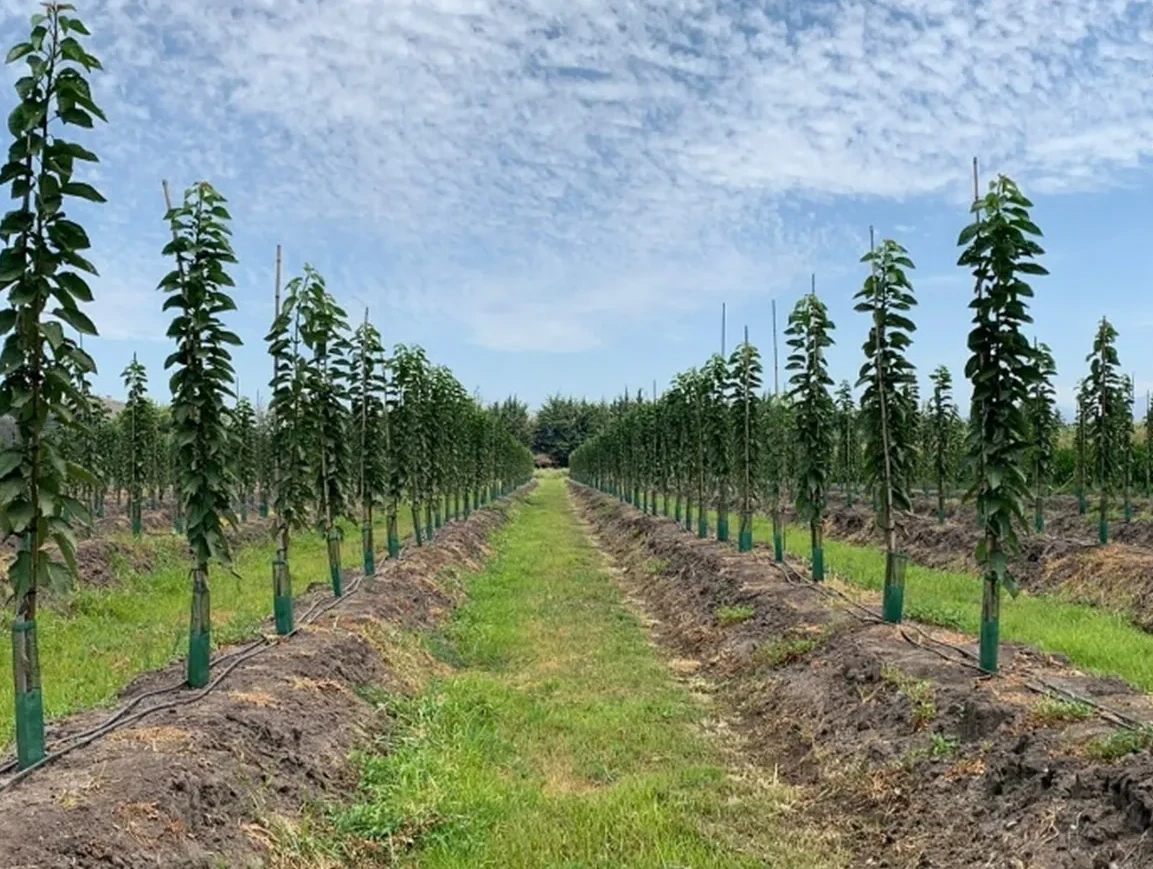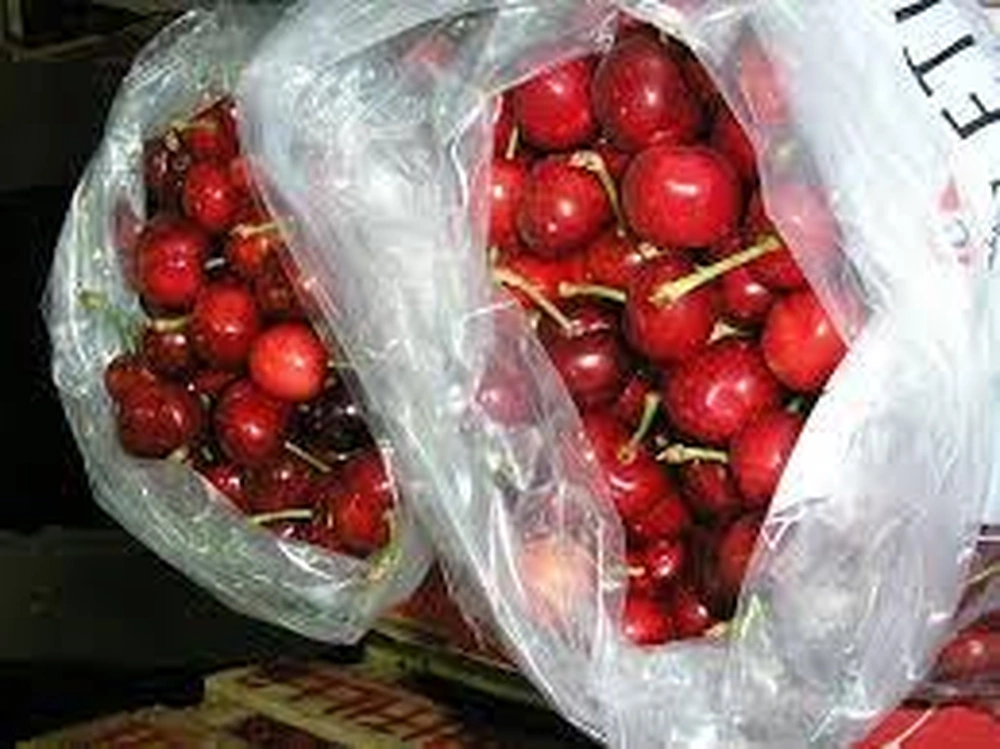Managing mineral nutrition in sweet cherry orchards remains a major challenge for growers and technical experts, particularly in the absence of fertilization guidelines calibrated to specific pedoclimatic conditions.
Greece is a clear example: the country produces 45,000–113,000 tons annually, representing 7–8% of total European production, yet fertilization practices are still largely based on empirical data or information derived from other fruit tree species.
To address this issue, a recent study conducted in Greece in two commercial orchards with “MaxMa 14” and “CAB-6P” rootstocks aimed to develop a predictive model of total nutrient losses using fresh fruit yield as the sole input parameter.
The study was based on a comprehensive analysis of diWerent plant compartments (fruit, peduncle, fallen leaves, pruning residues), soil properties, and leaf nutritional status.
Soil and nutrient distribution
Despite diWerences in soil texture and pH, nutrient availability was generally adequate, with values slightly below suWiciency thresholds only for iron and zinc.
Multivariate analysis revealed specific distribution patterns: nitrogen was evenly partitioned among fruit, peduncle, and pruning residues; potassium was concentrated mainly in fruit and peduncle, with evidence of redistribution from leaves to fruits in high-yield years; calcium and magnesium accumulated predominantly in fallen leaves.
The researchers found a strong correlation (r2 > 0.8) between fruit yield and the uptake of nitrogen (N), phosphorus (P), potassium (K), magnesium (Mg), boron (B), and copper (Cu), which enabled the development of reliable predictive models of total nutrient losses.
Annual removal estimates were 85.6 kg ha−1 of N, 8.94 kg ha−1 of P, 42.7 kg ha−1 of K, and 12.0 kg ha−1 of Mg. However, a substantial portion of these elements remained in pruning residues and fallen leaves: 51.8 kg ha−1 of N, 6.2 kg ha−1 of P, 19.0 kg ha−1 of K, and 10.4 kg ha−1 of Mg, highlighting the recycling potential of nutrients in orchard systems.
Model benefits and applications
The main strength of the proposed model lies in its simplicity: by relying solely on fruit yield, a parameter already monitored by every grower, it allows total nutrient losses to be estimated with good accuracy, without the need for laboratory analyses or organ-specific sampling.
This approach reduces monitoring costs and can be immediately applied on-farm to guide fertilization management.
Furthermore, integrating this approach provides a dual advantage: on one hand, it allows external inputs to be tailored to actual removals, reducing the risk of excess and waste; on the other, it enhances the role of crop residues as a nutrient source to be reincorporated into the soil through biomass management practices.
Conclusions and future perspectives
In conclusion, the study oWers a new, less empirical methodology for estimating annual nutrient losses in sweet cherry orchards, laying the foundation for more precise mineral nutrition strategies.
Although it represents an initial step, requiring validation across multiple seasons and soil contexts, the results demonstrate how yield can serve as a practical indicator to balance nutrient losses and recycling, supporting a more rational management of inputs.
Source: Karampatzakis, I., Bilias, F., Polychroniadou, C., Tanou, G., Kekelis, P., Theofilidou, A., Giannopoulos, G., Pavlatou-Ve, A., & Aschonitis, V. (2025). Assessing Nutrient Losses and Recycling in Sweet Cherry Orchards: A Yield-Based Approach. Agriculture, 15(12), 1312. https://doi.org/10.3390/agriculture15121312
Image source: SL Fruit Service
Cherry Times - All rights reserved










